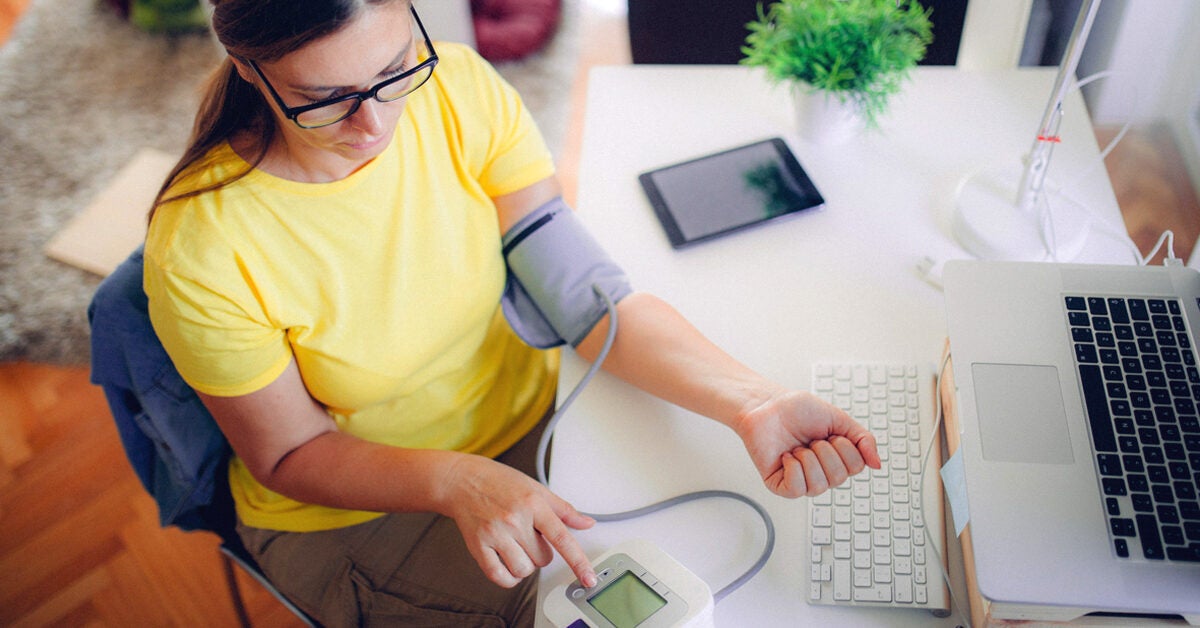

It’s one of the best things you can do for your overall health. Meditation, tai chi, and breathing exercises can also help. Set aside time to disconnect from electronic devices and relax each day. And studies have found lower heart rates in men who eat more fish. Losing weight may slow your resting heart rate. It raises your pulse for a while, but over time, exercise makes your heart stronger so it works better. A few lifestyle changes can help you slow it down: In general, people who are more fit and less stressed are more likely to have a lower resting heart rate. The best time to measure your resting heart rate is just after you wake up in the morning, before you start moving around or have any caffeine. Children tend to have higher resting heart rates than adults. So does tobacco.Ī normal resting heart rate is usually between 60 and 100 beats per minute. Coffee, tea, and soda raise your heart rate. Too much thyroid medicine can speed it up. People who have severe obesity can have a slightly faster pulse. It may also go up when you’re very happy or sad. Stress and anxiety can raise your heart rate.

It might spike for about 20 seconds after you first stand up from sitting. Your pulse may go up a bit in higher temperatures and humidity levels. Other than exercise, things that can affect your heart rate include: Multiply this number by six to get your heart rate (or pulse) per minute What Things Affect Heart Rate? You may need to move your fingers around until you feel it.Ĭount the beats you feel for 10 seconds. Press lightly until you feel the blood pulsing beneath your fingers. Put the tips of your index and middle fingers on your skin.

There are a few places on your body where it’s easier to take your pulse: When your heart speeds up, like when you exercise, your blood vessels should expand to let more blood pass through. That’s the force of your blood against the walls of your blood vessels.Ī faster pulse doesn’t necessarily mean higher blood pressure. Your heart rate is separate from your blood pressure. If you’re taking heart medications, recording your pulse daily and reporting the results to your doctor can help them learn whether your treatment is working.
PULSE DEFINITION HOW TO
Knowing how to find your pulse can help you figure out your best exercise program. It’s lower when you’re at rest and higher when you exercise. Growing pulses also promotes sustainable agriculture, as pulse crops help decrease greenhouse gases, increase soil health, and use less water than other crops.Your heart rate, or pulse, is the number of times your heart beats in 1 minute. Pulses are healthy, nutritious and easy to cook with. The term “pulses” is limited to crops harvested solely as dry grains, which differentiates them from other vegetable crops that are harvested while still green.īetween 20, 173 different countries grew and exported pulses. Pulses are annual crops that yield between one and 12 grains or seeds.

The first evidence of pulses comes from 11,000 years ago in the Fertile Crescent, a region in the Middle East which was home to some of the earliest human civilizations. The United Nations Food and Agriculture Organization (FAO) recognizes 11 types of pulses: dry beans, dry broad beans, dry peas, chickpeas, cow peas, pigeon peas, lentils, Bambara beans, vetches, lupins and pulses nes (not elsewhere specified – minor pulses that don’t fall into one of the other categories). Pulses grow in pods and come in a variety of shapes, sizes and colors. Pulses are the edible seeds of plants in the legume family.


 0 kommentar(er)
0 kommentar(er)
